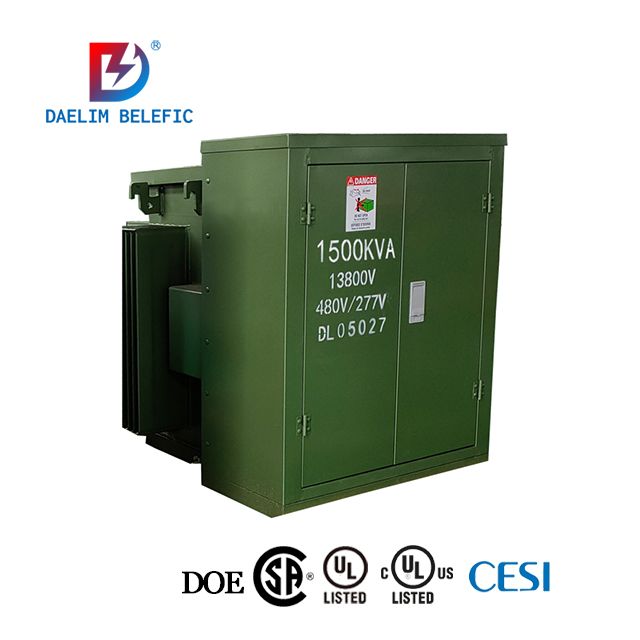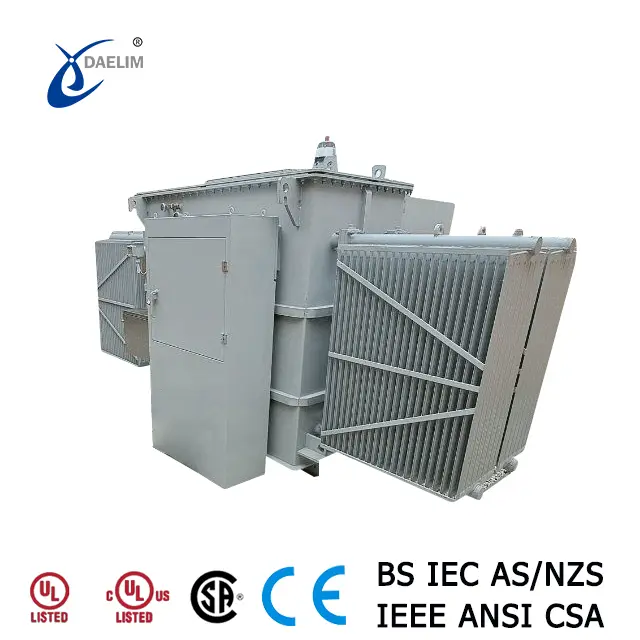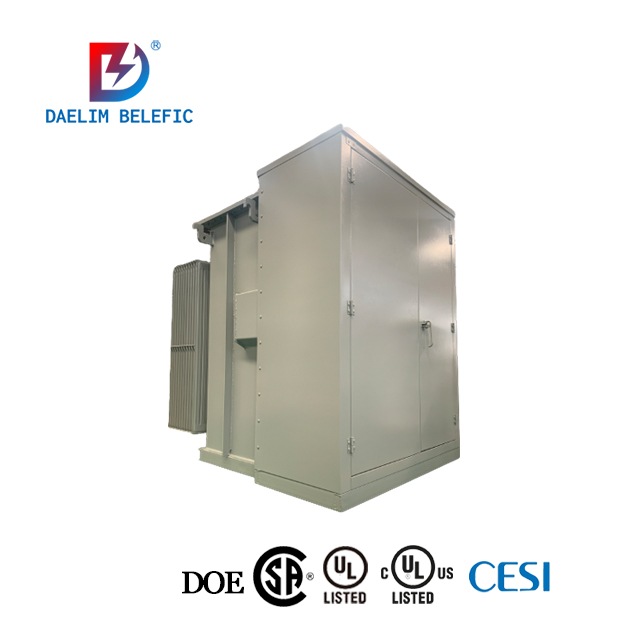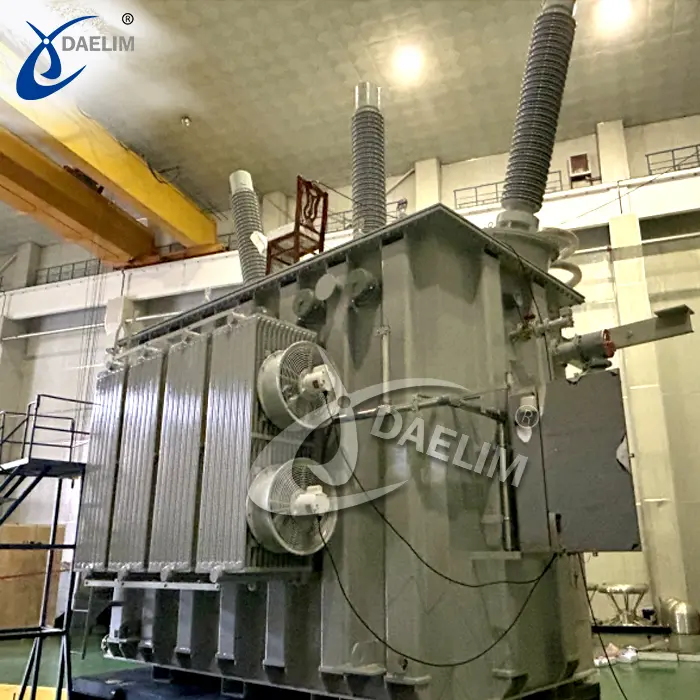transformer Factory Acceptance Test( FAT )
Before a transformer leaves the factory, manufacturers conduct a series of tests to ensure its quality, functionality, and service life. These tests generally fall into two categories: FAT(factory) tests and type tests. Type tests are representative and verify whether the transformer meets specified technical conditions. Below are the tests typically conducted before a transformer leaves the factory.
Voltage Detection
This test detects and measures both online and offline voltages of the transformer.
Ground Resistance
Ground resistance refers to the resistance encountered when current flows from the grounding body into the soil.
DC Resistance
DC resistance is the inherent resistance of a component when direct current (DC) is applied. It differs from the resistance when alternating current (AC) is applied due to the presence of reactance, which, combined with DC resistance, forms impedance.
Short-Circuit Resistance
This critical performance indicator measures the deviation between the actual short-circuit resistance value and the specified factory value.
Output Resistance
The output resistance test measures the amplifier's influence on the signal source. Lower output resistance indicates stronger output capability of the amplifier.
Withstand Voltage Test
This test identifies overall insulation defects, such as moisture and dirt, and local insulation defects through the relationship between current and leakage current. DC voltage is particularly effective for finding terminal insulation defects.
No-Load Characteristics
No-load characteristics refer to the change curves of the stator voltage and rotor current of the generator when the load current is zero at the generator's rated speed.
Transformation Ratio Test
This test measures the transformation ratio of power transformers to ensure accurate voltage conversion.
Load Test
The load test ensures that the transformer can operate normally even when the load exceeds the expected load.
Heating Test
This test assesses the transformer's adaptability to high-temperature conditions during storage, transportation, and use. The severity of the test depends on the high temperature and exposure duration.
These tests ensure that the transformer meets all required technical specifications and can perform reliably under various conditions. Every unit transformer produced by Daelim Transformer must undergo strict Factory Acceptance Testing (FAT) and meet or exceed the test requirements before it can be shipped to customers.
Related Products
Related Article
How to test a power transformer?
Power transformers need to undergo rigorous testing before they leave the factory and are installed to ensure that the transformers can operate safely and efficiently.
How To Test a Transformer?
The purpose of the transformer test is to check whether the performance of the transformer meets the requirements of relevant regulations and technical standards. Whether there are defects or fault characteristics to determine whether it can be put into service after leaving the factory or after repair.
Canada 69kV Power Transformer Testing
After a meticulous 16-week production process, we are pleased to commence the factory testing phase for the transformer. At Daelim Transformers, we adhere to the highest industry standards, conducting comprehensive tests to ensure the utmost quality and performance of our products. Each project undergoes rigorous testing in accordance with the relevant standards set by IEEE and CSA.









